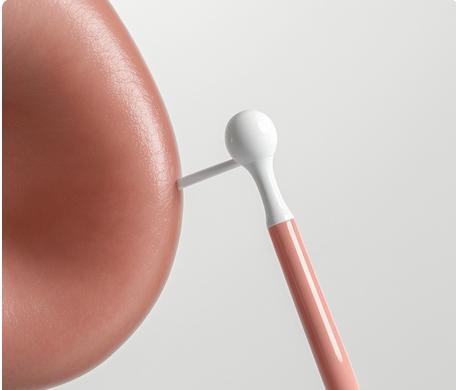
News and Blogs
How to use vaginal swab correctly? Detailed explanation of clinical operation specifications and precautions
Guidelines for clinical application and scientific selection of vaginal swabs
As a core sampling tool for gynecological diagnosis and treatment, vaginal swabs play a key role in pathological detection and microbial analysis. This type of professional medical equipment can accurately obtain vaginal epithelial cells, cervical secretions and microbial community samples through contact sampling technology. According to statistics, there are about 320 million biological samples collected by gynecological tests worldwide every year, of which the accuracy of HPV screening can reach 98.6% (WHO, 2023).
Clinical application scenario analysis:
1. HPV typing detection: specific identification of high-risk viruses such as 16/18. Data from the International Cancer Research Institute in 2023 shows that standardized cervical sampling can increase the detection rate of precancerous lesions by 40%.
2. Pathogen culture identification: Cover common diseases such as candidiasis vaginitis (accounting for 35% of gynecological infections), bacterial vaginitis (28% of Gardnerella sp positive rate).
3. Liquid-based cytology detection (LBC): Screening abnormal cells through thin-layer production technology. The US NCCN guideline recommends this technology as the gold standard for initial screening of cervical cancer.
Notes for special populations: Women who are in the menstrual cycle (especially menstrual blood flow > 80ml/day), early pregnancy (<12 weeks) or breastfeeding (within 6 months after childbirth), are recommended to postpone sampling. Clinical studies have shown that sampling within 24 hours after local medication will significantly reduce the detection sensitivity - the false negative rate after use of metronidazole gel is as high as 73% (JAMA, 2022), so it is recommended that the subjects stop vaginal administration 72 hours in advance.
Medical device technology analysis: Modern vaginal swabs mainly use two innovative materials: nylon flocking swabs: efficient cell capture through electrostatic adsorption principle, and their sample release rate exceeds 95% (compliant with ISO 18362 standard), which increases cell ownership by 3 times compared to traditional cotton swabs. Medical grade sponge swabs: use porous structure design (pore size 80-120μm), while ensuring patient comfort, the microbial recovery rate can reach 92%.
According to the 2023 "Gynecological Device Safety White Paper", the clinical complaint rate of samplers equipped with safety limit devices has dropped by 42%. This innovative design includes a 5cm anti-slip baffle and a double helix flock (FDA 510k certified), which not only accurately collects cells in the cervical transition zone (an area with high incidence of cancer), but also avoids tissue damage caused by excessive insertion. It is worth noting that EU CE certified products have added biocompatibility tests to ensure that the material complies with ISO 10993-5 cytotoxicity standards.
Standardized operating procedures: 1. Use a sterile speculum to fully expose the cervical mouth (recommended tilting 45° angle) 2. Insert the swab tip into the cervical canal for 1-2cm and rotate at a constant speed for 5 turns (about 10 seconds) 3. Immediately immerse the sample in a special storage solution (Thin Prep or Sure Path system recommended) 4. Maintain a 2-8°C environment for cold chain transportation to ensure sample activity (transportation time is less than 72 hours)
The American Academy of Pathology (CAP) study confirmed that standardized vaginal sampling can increase diagnostic consistency from 78% to 93%.






